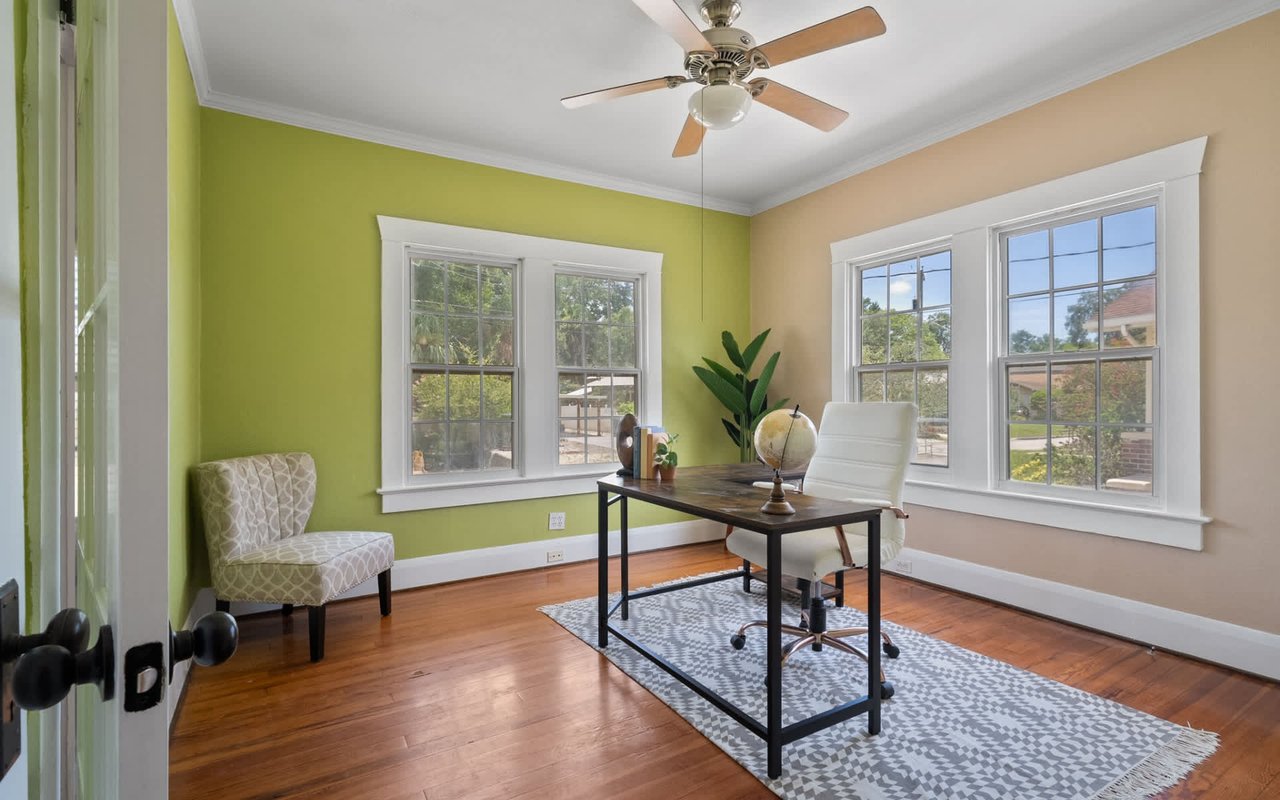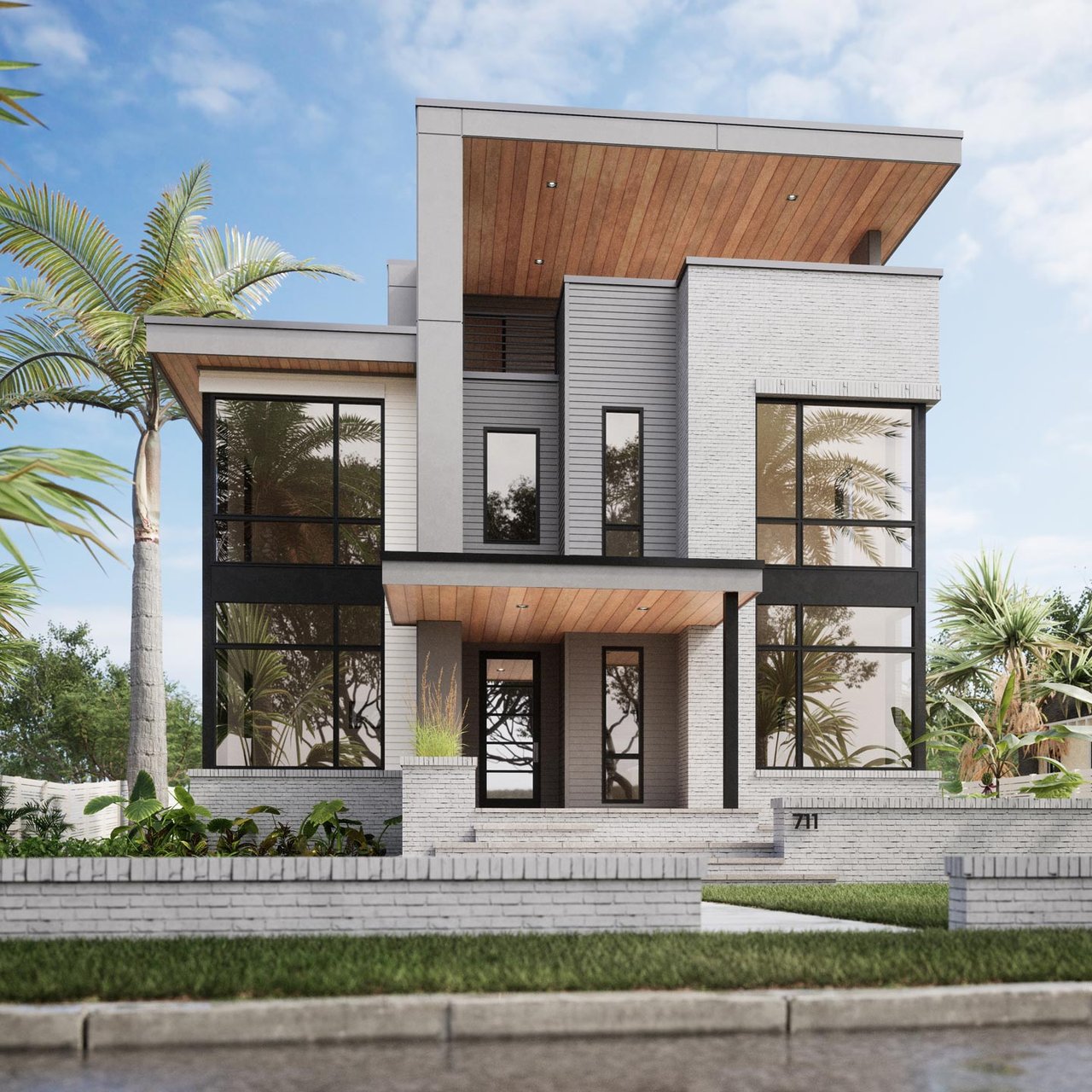Intro:
The COVID-19 pandemic has brought about a seismic shift in the way we work, with remote work becoming the new norm for many professionals. This shift has not only changed our daily routines but has also had a significant impact on housing trends. In this blog post, we will explore how remote work has influenced people's housing preferences and reshaped the real estate landscape.
1. The Rise of the Home Office:
With remote work, the need for a dedicated home office space has become essential. Homebuyers and renters now seek properties that offer a functional workspace, whether it's a spare room, a converted den, or even a nook that can accommodate their work-from-home needs. Real estate developers and agents are responding to this demand by highlighting properties with versatile spaces that can serve as home offices.
2. The Desire for More Space:
The limitations of cramped apartments and small living quarters have become apparent as people spend more time at home. Remote work has fueled a desire for larger homes with more square footage and outdoor spaces. Many urban dwellers are now considering suburban or rural areas, where they can find more spacious properties at a more affordable price. As a result, there has been an increased demand for single-family homes, townhouses, and properties with larger yards or access to nature.
3. Flexible Living Spaces:
Remote work has blurred the lines between work and personal life. As a result, people are seeking properties that offer flexible living spaces to accommodate various activities. This includes properties with open floor plans, multipurpose rooms, or even separate structures like backyard studios that can serve as a home office, gym, or creative space. The emphasis is on adaptability and creating environments that can easily transition between work and leisure.
4. Migration to Suburban and Rural Areas:
The ability to work remotely has liberated many individuals from the constraints of living near their workplace. As a result, we are witnessing a significant migration from densely populated urban areas to suburban or rural locations. This has led to increased demand for housing in these areas, driving up prices and creating new opportunities for real estate investment.
5. Community Amenities and Quality of Life:
With less emphasis on commuting to work, individuals are increasingly prioritizing community amenities and quality of life factors when choosing a place to live. Access to green spaces, recreational facilities, good schools, and a sense of community has become more important than ever. Real estate developers are focusing on creating neighborhoods that cater to these desires, offering a balanced blend of residential, commercial, and recreational spaces.
Conclusion:
The rise of remote work has had a profound impact on housing trends. The need for functional home office spaces, a desire for more room, flexible living spaces, and a shift towards suburban or rural living are just a few of the changes we are witnessing. As the world continues to adapt to new ways of working, the real estate industry must evolve to meet the evolving needs and preferences of individuals seeking homes that cater to their remote work lifestyle.
Remember, this sample blog post is just a starting point. Feel free to customize and expand upon it to make it unique and relevant to your target audience.




